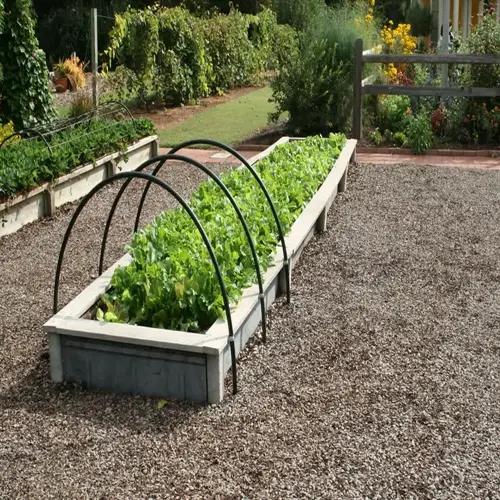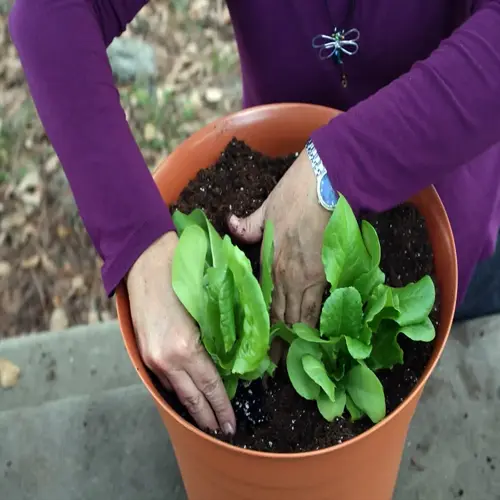Does spinach need full sunlight to grow?

Written by
Nguyen Minh
Reviewed by
Prof. Charles Hartman, Ph.D.For spinach to grow without bolting (flowering), it needs balanced sunlight. Too much sun leads to rapid bolting, and not enough sun can lead to weak growth with little or no bolting. I track daily light exposure in my garden. Adjustments often mean the difference between a plentiful harvest and regret.
Cool Zones (3-5)
- Requires 6+ hours sunlight daily
- Morning sun with afternoon shade prevents heat stress
- Position beds facing south for maximum exposure
- Avoid shading structures during spring growth
Moderate Zones (6-7)
- Optimal at 4-6 hours direct sunlight
- Protect plants during midday summer intensity
- Use dappled shade from trees or structures
- Rotate containers to balance light exposure
Warm Zones (8-10)
- Thrives with just 3-4 hours morning sun
- Essential afternoon shade prevents bolting
- Install 30% shade cloth above planting beds
- Plant near taller crops for natural shading
Light has a direct effect on bolting prevention. Spinach will bolt when high light and high temperatures interact. I put shade cloth over my plants when the temperature rises above 70°F. This quick fix can extend weekly harvests by a couple of weeks. Keep your eye out for early bolting.
Use companion planting to create shade effectively, for example, place spinach between taller crops like tomatoes or corn. In the afternoon, they provide shade. Another option for container gardens is temporary shade structures. I use portable frames with shade fabric.
Vary the light seasonally for perpetual harvests. Spring plants can tolerate more sun, while fall plantings require protection from excessive heat. As for winter spinach in warmer areas, it gets full exposure to the sun. I rotate plantings based on seasonal light patterns.
Light intensity measured correctly. Use a sunlight meter or count hours manually. Spinach prefers different amounts in the morning vs the afternoon. I have kept the records so I can see what conditions are best each year. Light management is critical to achieving better harvest quality.
Read the full article: When to Plant Spinach for Best Results

